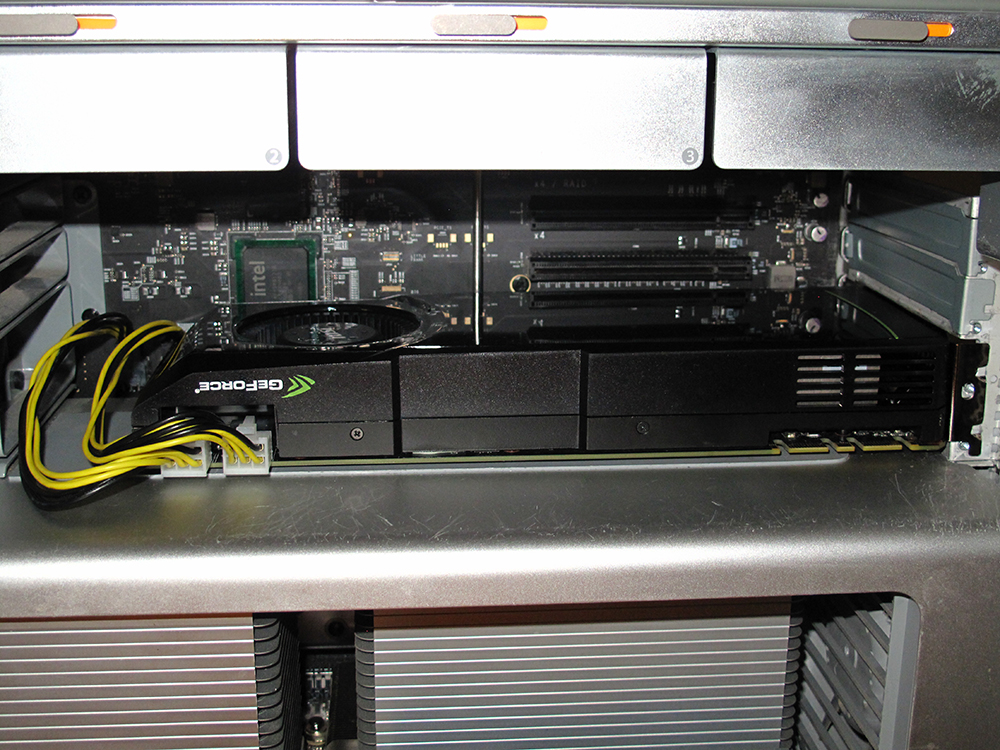

Metal, on the other hand, excels where you would expect it to. A 2015 Retina MacBook with a Core M-5Y31 and an Intel HD 5300.A 2015 Retina MacBook Pro with a Core i7-4770HQ and an Intel Iris Pro 5200.A 2012 iMac with a Core i7-3770 and an Nvidia GeForce GTX 680MX.A 2012 Mac Mini with a Core i7-3615QM and an Intel HD 4000.

We've also included results from an iPhone 6S as a reference point for how Metal performs under iOS. We performed our testing primarily on four Macs with a variety of GPUs. We have, however, managed to get our hands on a Metal version of the GFXBench graphics benchmark, which we can compare to the OpenGL version to draw some (admittedly limited) conclusions about Metal's improvements. We don’t have many real apps to analyze Metal with on OS X, since it's still a brand-new operating system, and the kinds of apps that would benefit (some games, GPU-dependent or GPU-accelerated professional apps like AutoCAD or Photoshop) don’t usually pick up support for this stuff on day one. Metal is roughly analogous to technologies like DirectX 12 and the not-quite-finalized Vulkan, designed to improve performance by reducing driver overhead.

Original story: OS X El Capitan includes a new graphics API called Metal, the same API the company included in iOS 8 last year. We'll continue to monitor this situation as it develops. Update : Kishonti has contacted us to say that GFXBench Metal for OS X will be released "later this year," but won't provide further details on how we can expect performance to change in the public version.

We'll run the new version of the test and update this article as soon as it's available. Update: Kishonti Ltd, creators of GFXBench, have contacted us to say that a new build of GFXBench Metal for OS X will be available soon and that it may change performance. Further Reading OS X 10.11 El Capitan: The Ars Technica Review


 0 kommentar(er)
0 kommentar(er)
